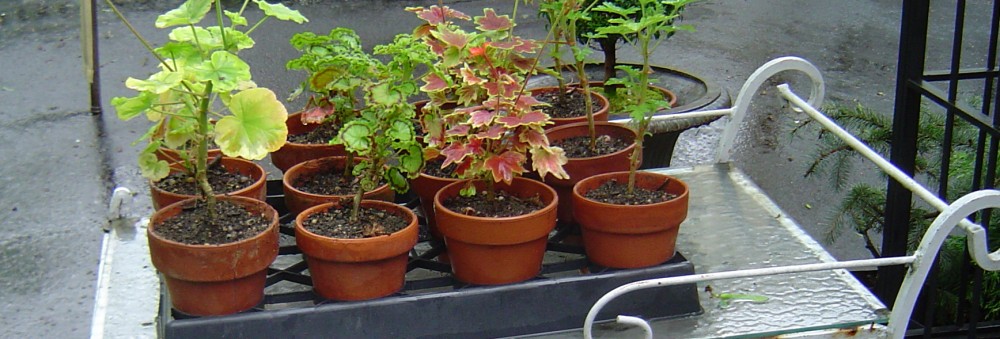A great garden is the perfect nexus between science and art. The science dictates the way one gardens – choice of native/ecologically beneficial plants, sound organic practices, soil amendment, water management, planting sites, pruning, propagation etc,. The arts guide the use of color, shapes, size, textures, elements of visual interest like pattern of paths/stonework, sculptures, overall design and so on. Together, a definitively pleasing garden is born. As both a scientist as well as an artist myself, I strive to apply my skills and knowledge to create a well balanced garden. It’s an eternal work in progress which is what keeps the effort of gardening challenging, interesting, exciting and deeply rewarding.
How a visitor to a garden views it is usually indicative of their mindset. While, in general, all respond positively to a beautiful garden, there is often a telling bias towards art or science. There’s no right or wrong – like in everything, we come with our preconceptions, prior knowledge and experiences. I, personally enjoy listening to the diverse comments and feedback from visitors to my little garden. Over the years, I’ve gained much in remaining open to opinions. Seeing my garden through the eyes of others is something I thoroughly enjoy. While I garden according to my own sensibilities, I love the chance nugget of information or insight that comes my way.
For some years now, my garden has played muse to artists. They come from everywhere bringing with them their unique style and ideas. This past Saturday, a group of NYC contemporary water-colorists held their annual workshop here – it’s become quite a tradition and one I look forward to. While several of them have painted here many times over the years, some were first timers. One artist who resides in Panama, plans her annual trip to the US to coincide with this workshop in my garden. That, to me, is hugely gratifying and humbling.
In any case, it is such fun to see where and what each artist chooses to paint. And how they interpret it on paper! Some make repeat paintings of the same view while others move around.
The workshop concludes with a grand showing of everyone’s output and a super-helpful critique from artist and instructor Naomi Campbell ( not the famous model). I’m invariably blown away by all the work on ‘display’.
When everybody has left, I walk around the garden with a renewed appreciation and outlook of my horticultural creation. And I’m eager and inspired to get back to my own paints, paper and easel.
Later this week, a tree expert is stopping by to see the espaliered trees. The scientist eye and word is eagerly awaited!





















(c) 2025 Shobha Vanchiswar
[do_widget “Blog Subscriptions (Jetpack)”]











































































































































